Internet Addiction and the Common Good: Strategies for Mitigation
VerifiedAdded on 2022/08/19
|7
|1467
|14
Essay
AI Summary
This essay delves into the multifaceted issue of internet addiction, examining how the principle of the common good is compromised by excessive internet use. The author argues that the widespread availability and compulsive nature of internet usage leads to various negative consequences, including physical health problems, social isolation, and mental health issues, thereby hindering individuals' ability to achieve maximum fulfillment and contributing to societal problems. The essay proposes several strategies to address internet addiction, including acknowledging the problem, modifying communication patterns, setting limits on internet and smartphone use, seeking support from accountable partners and therapists, creating distractions to postpone internet use, prioritizing personal needs and interests, and adhering to schedules while keeping devices out of reach. The essay concludes by emphasizing the importance of these strategies in mitigating the adverse effects of internet addiction and promoting mental and physical well-being.
1 out of 7
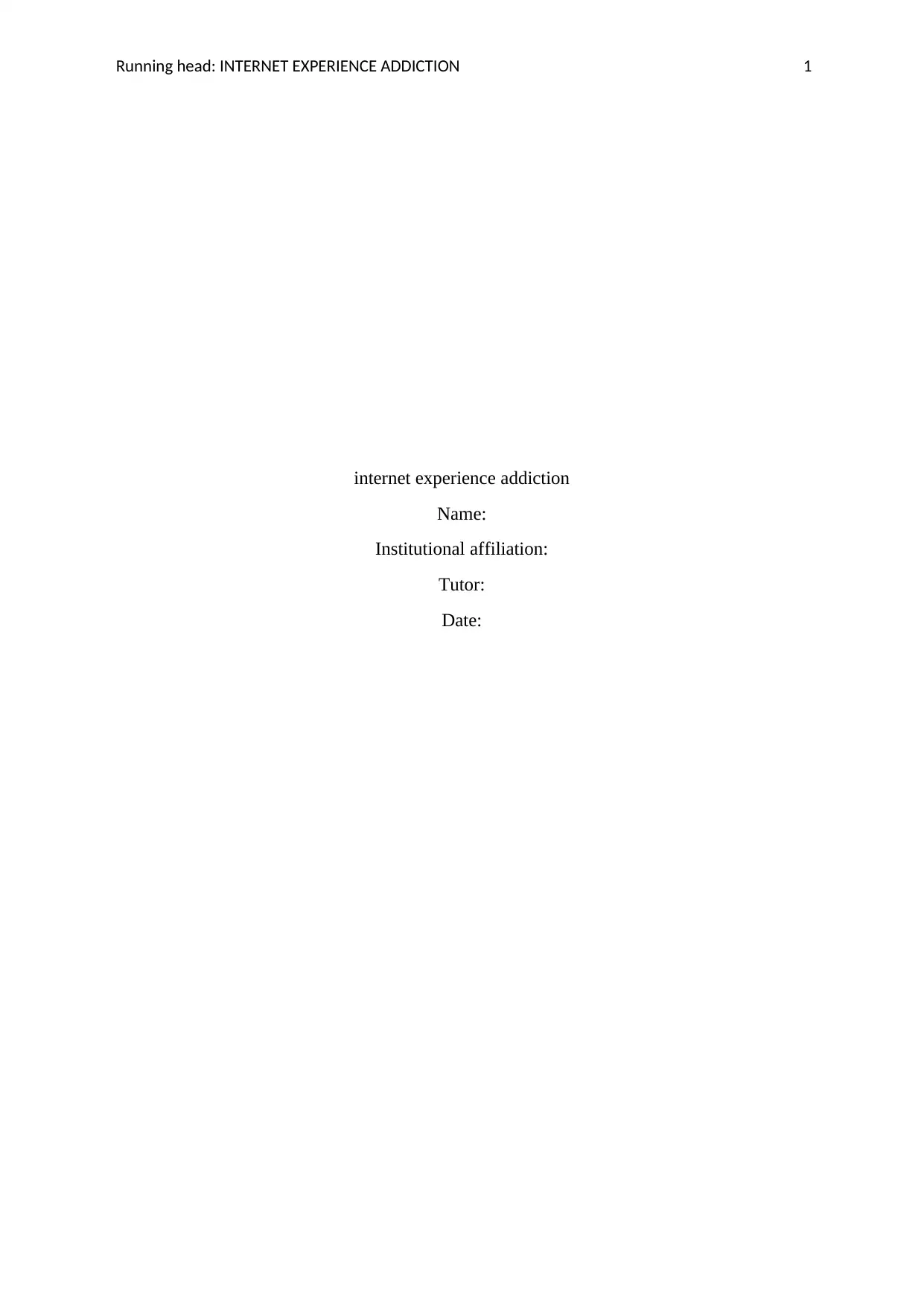
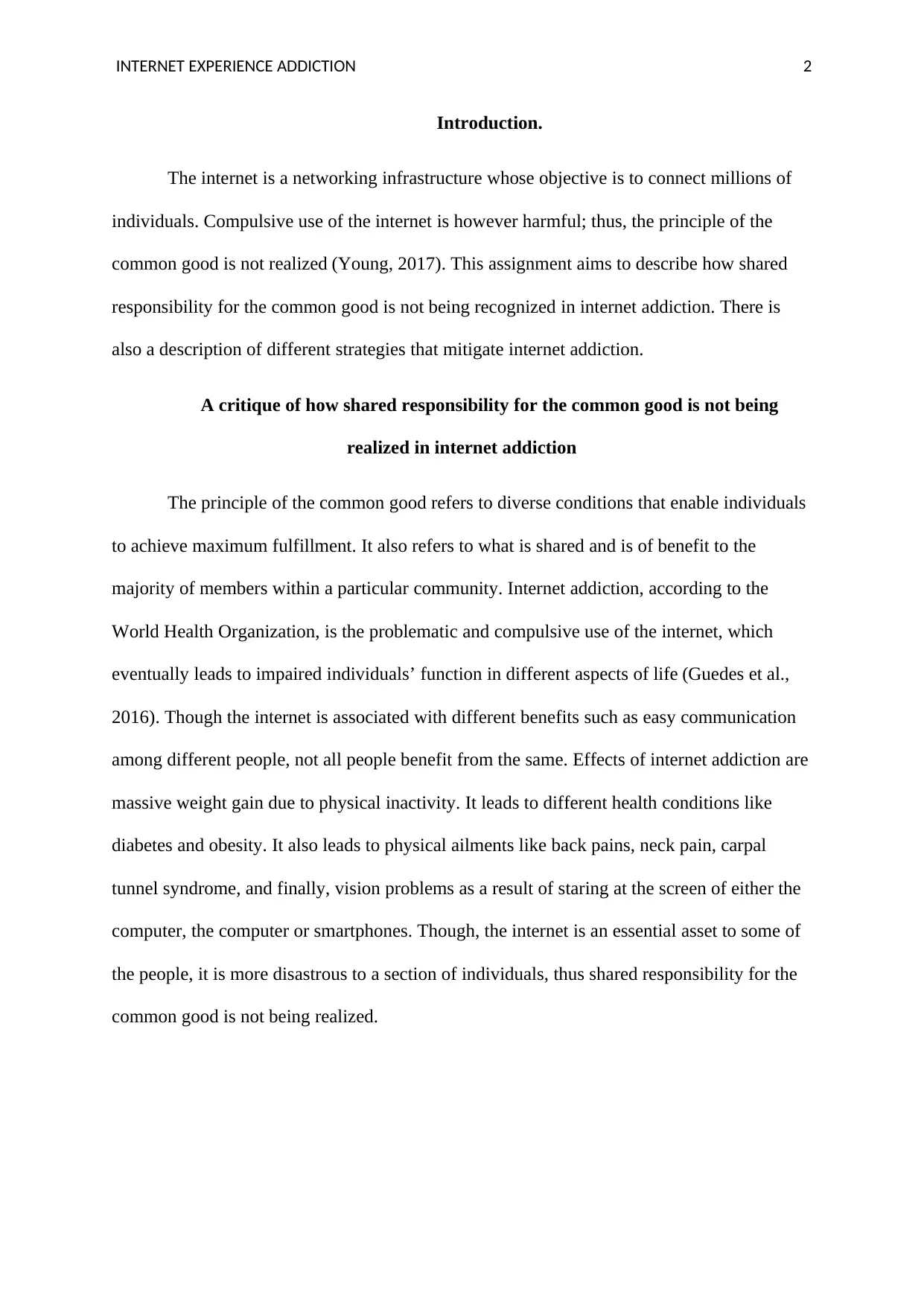
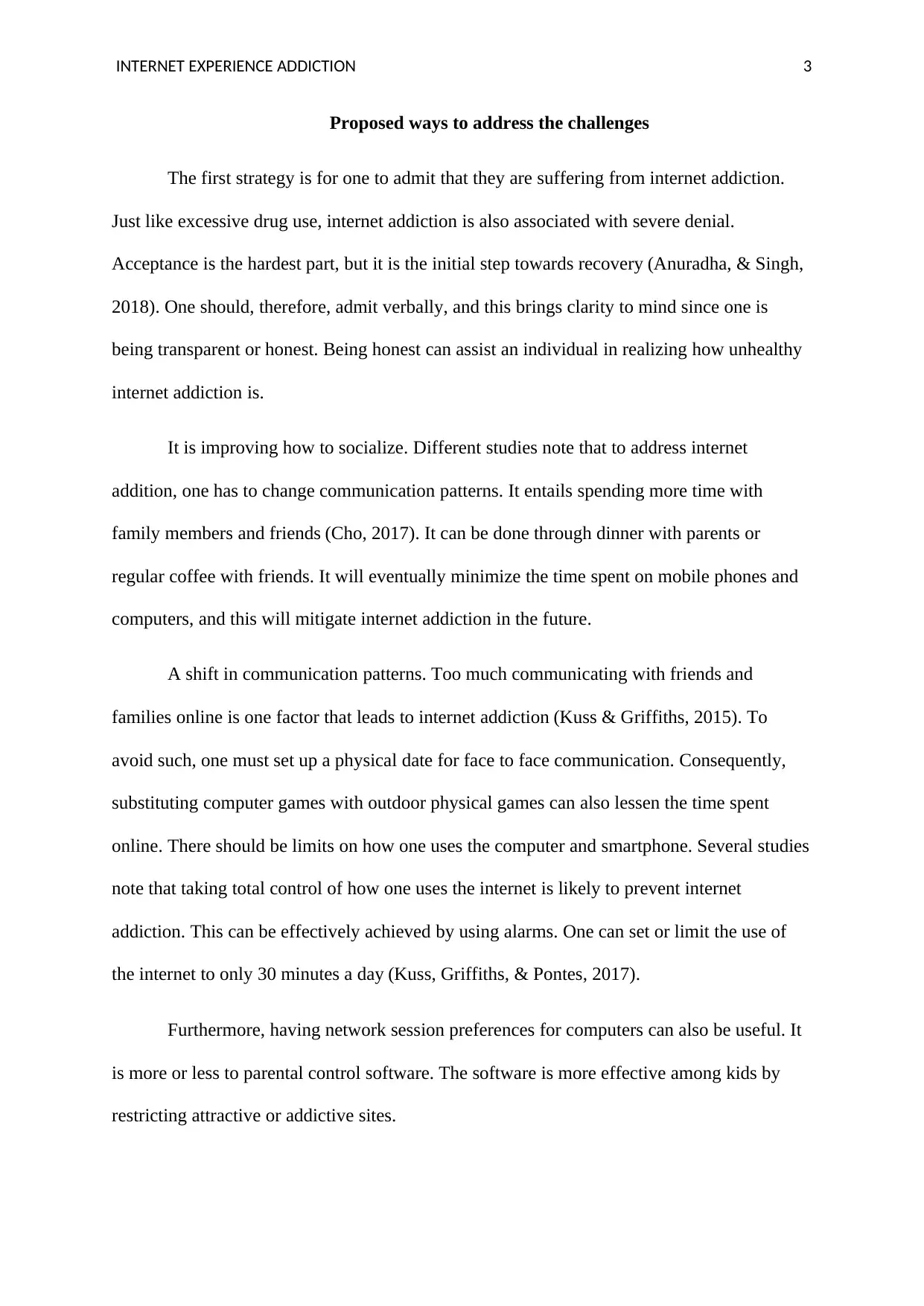
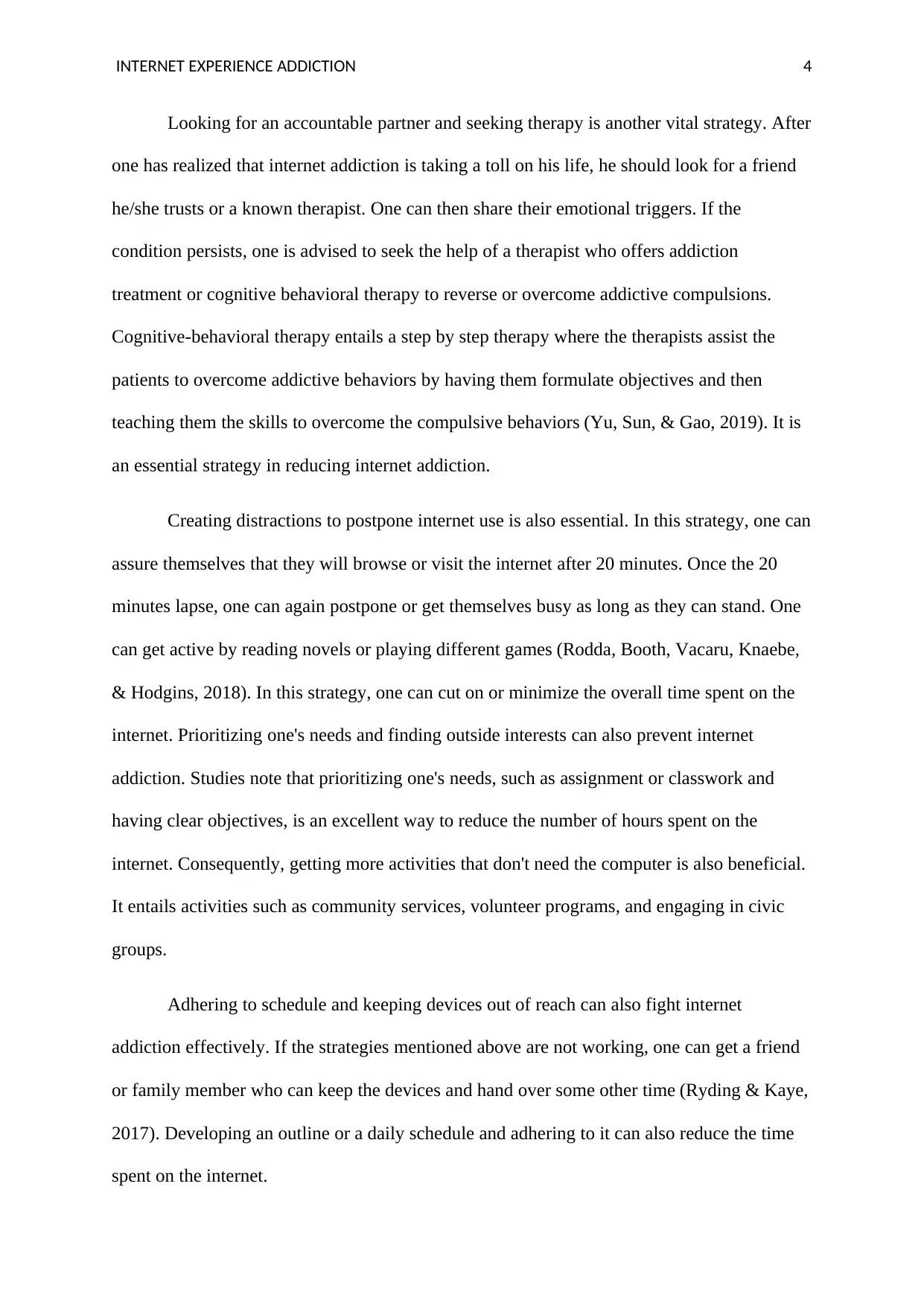
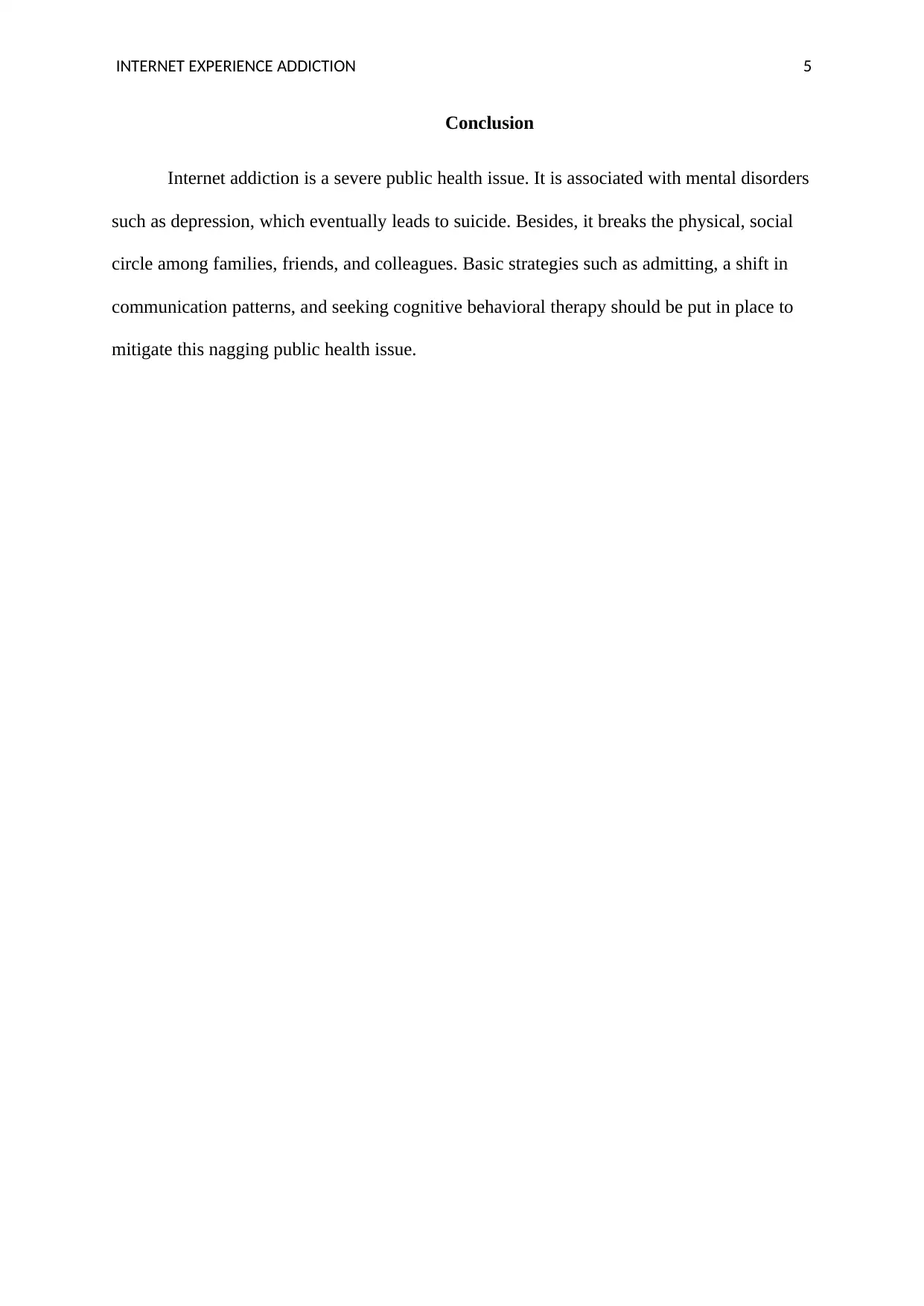
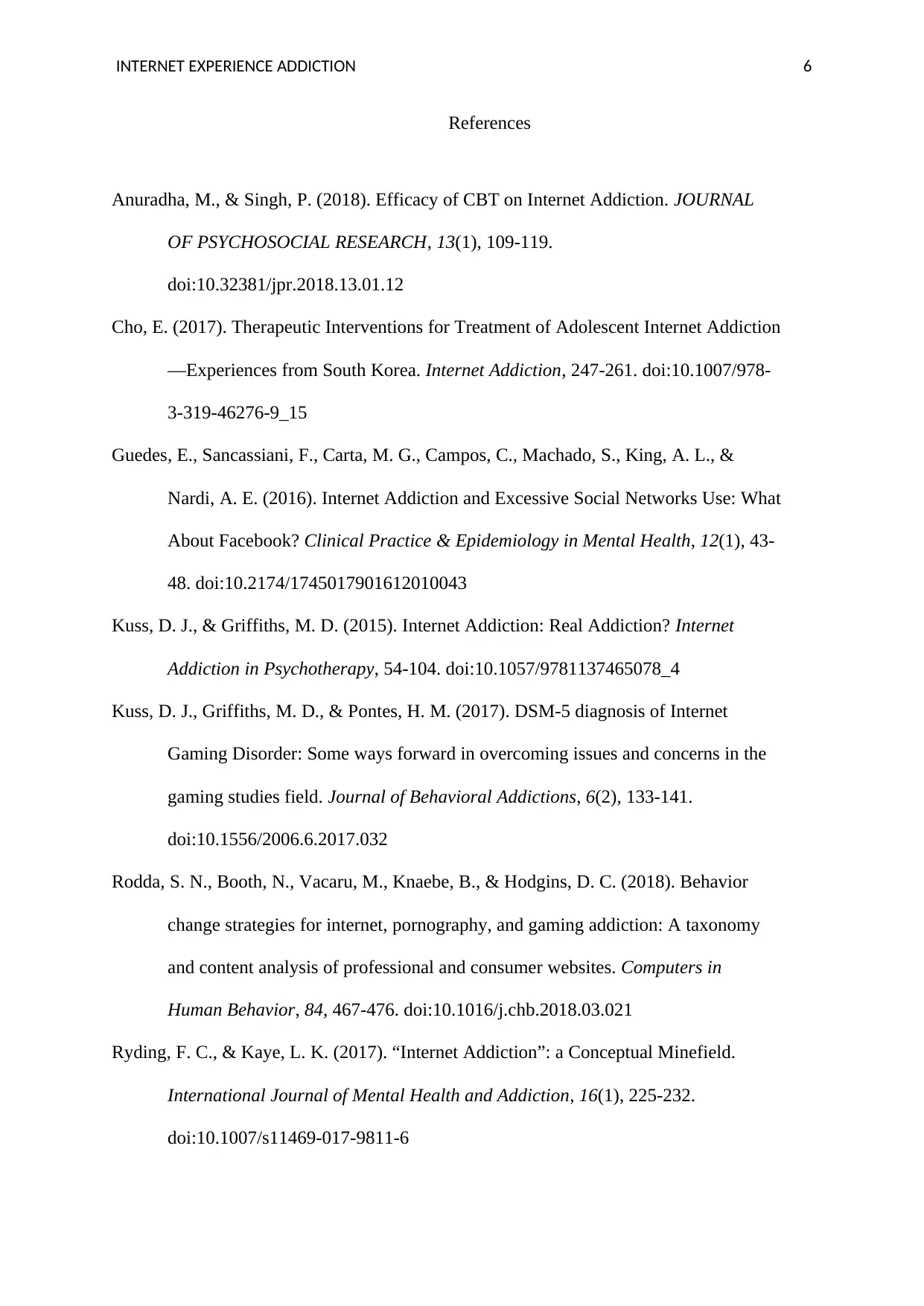
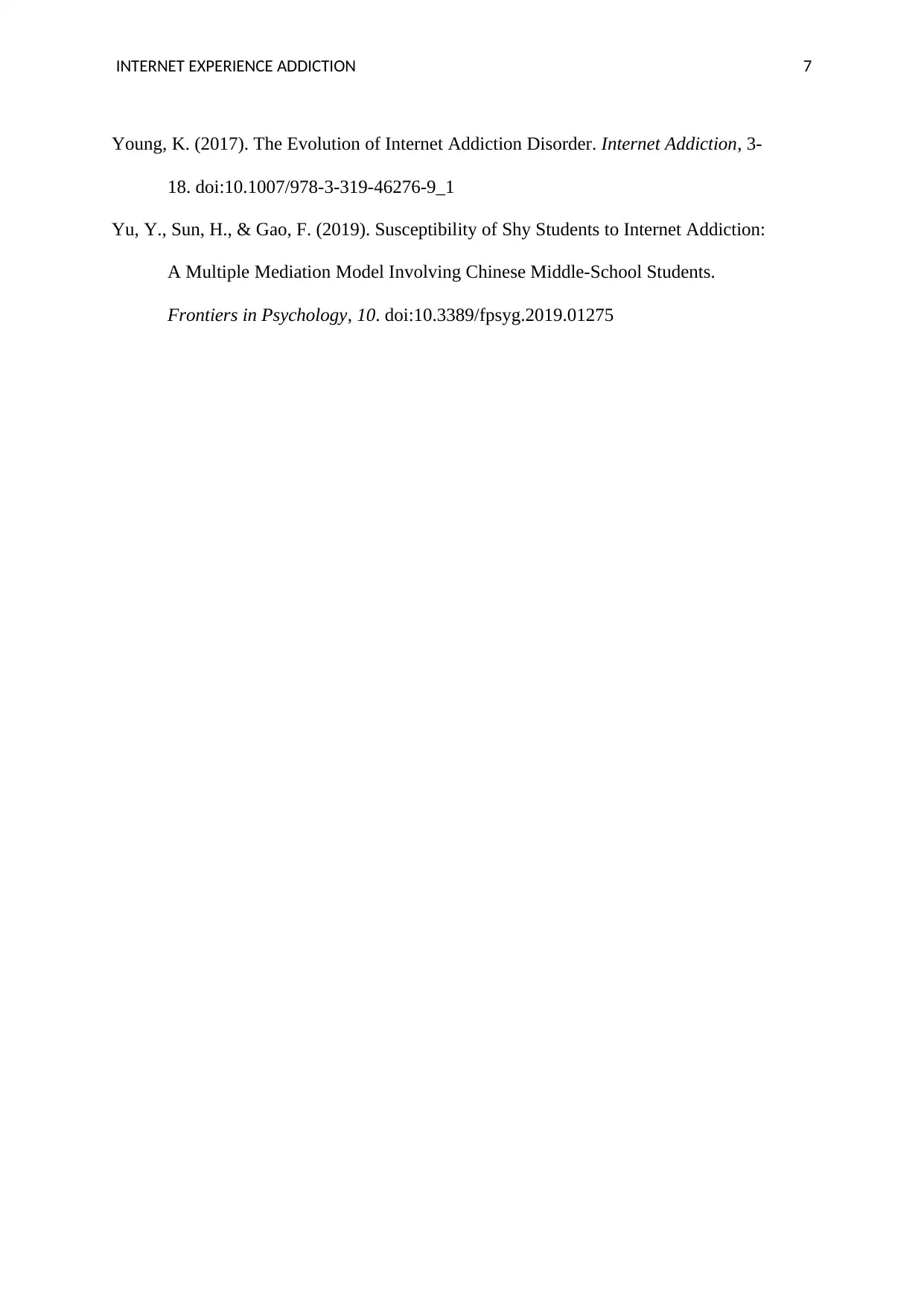






![[object Object]](/_next/static/media/star-bottom.7253800d.svg)